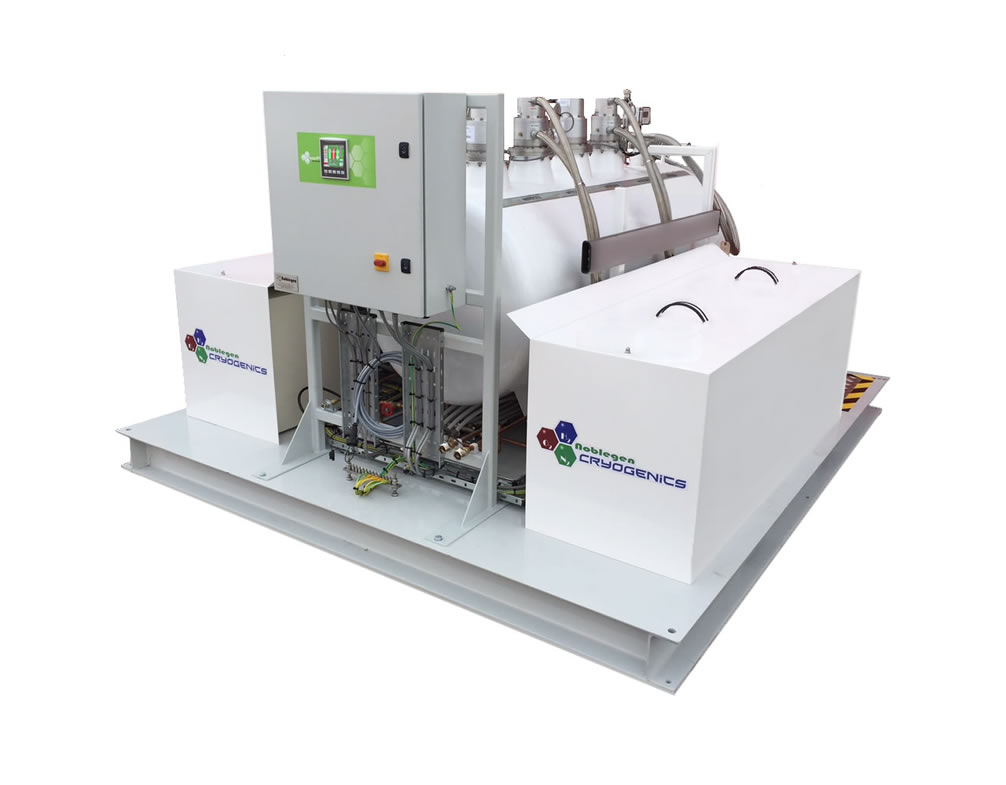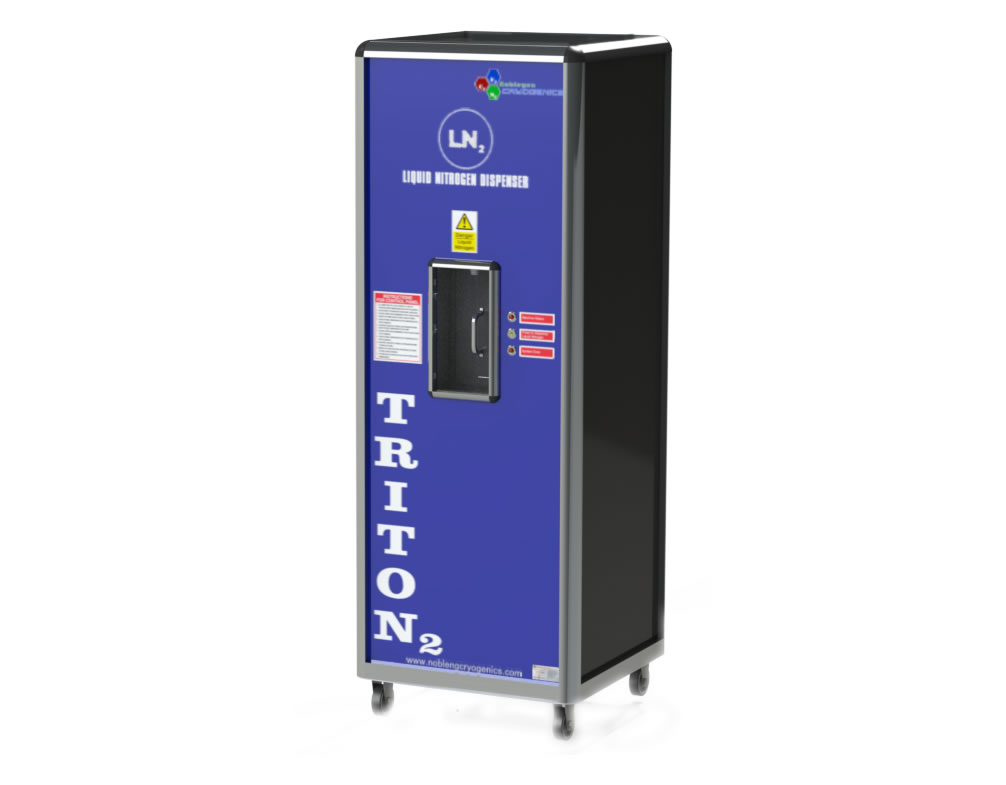Liquid Nitrogen Plant

Noblegen Cryogenics – 10 to 960 liter/day
Noblemen Cryogenics' products consist of a wide range of liquid nitrogen liquefiers producing LN2 in volumes from 10 to 960 liters per day. Nitrogenium Innovations & Filtration India Pvt. Ltd.'s Liquid Nitrogen Generators are the preferred solution for customers looking to install a plug-and-play, ready-to-produce system. These generators occupy very little space, use electrical power for operation, and produce Liquid Nitrogen on-site.Specifications & Advantage:
• |
Simple Installation: Our nitrogen plants are designed for easy installation. |
• |
Fully Automated Operation: Our plants feature fully automated operation, with a programmable logic controller (PLC) at the center of control. |
• |
Precise Pressure Control: The pressure of our liquid nitrogen plants is adjustable, ensuring optimal performance. |
• |
Efficient Production: Our plants facilitate swift production with minimal human interaction, enhancing efficiency. |
• |
Low Noise Emission: Designed for quiet operation, our nitrogen plants are not noisy. |
• |
Robust Design: Our plants are engineered to withstand harsh climatic conditions, ensuring reliable operation. |
• |
Versatile Power Supply: They can efficient utilize electricity from all three phases, ensuring flexibility in installation. |
• |
Dedicated Customer Support: We provide efficient customer service and after- sales support to ensure customer satisfaction. |

1.LN10 - Triton
Features-
1 Single cubicle design
2 Safe dispense system
3 Air cooled option - no need for water cooling
4 On wheels for ease of installation
5 Oil free air compressor
6 Built in nitrogen PSA
7 Built in oxygen analyser with alarm
8 Vacuum prevention system on liquid dewar
9 Pressure boost for liquid dispense
2.LN20/30/65
Features-
1 Twin cubicle design
2 On wheels for ease of installation
3 Water chilled nitrogen gas
4 Oil free air compressor
5 Built in nitrogen PSA
6 Built in oxygen analyser with alarm
7 Vacuum prevention system on liquid dewar
8 Pressure boost for liquid dispense
LN20 Air Cooled Compact Version - View PDF
LN30B Air Cooled Version - View PDF
LN65B Air Cooled Version - View PDF

3.LN130/240/480/720/960
Features-
1 Skid mounted design
2 Water chilled nitrogen gas
3 Built in psa nitrogen generator
4 Control panel with interlock for safe operation
5 Build in oxygen analyser with alarm
6 Vacuum prevention system on liquid dewar
7 Pressure boost for liquid dispense
8 Manual cold head to reduce power
9 Optional air compressor skid
LN130B-WC - PDF LN130B-AC - PDF
